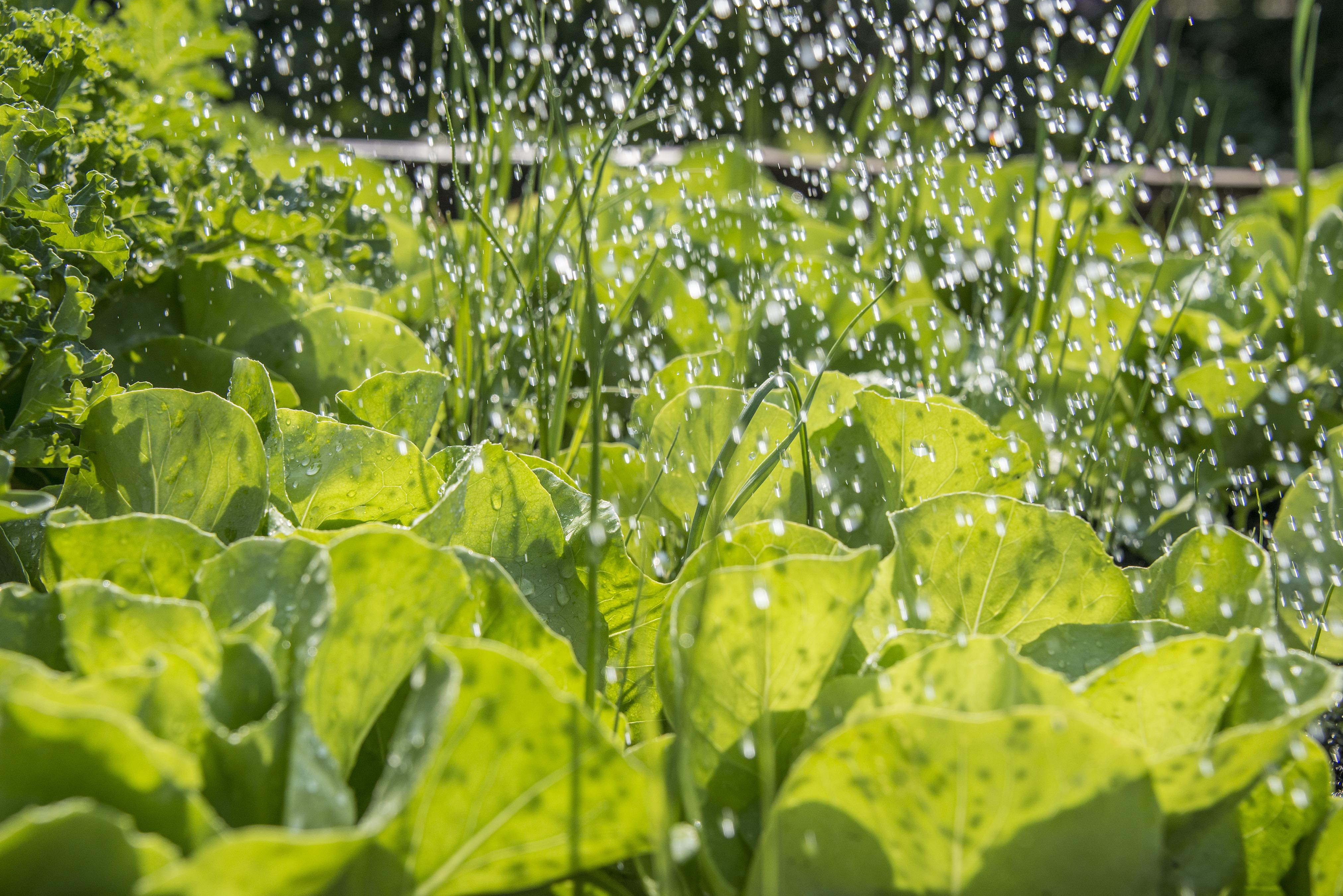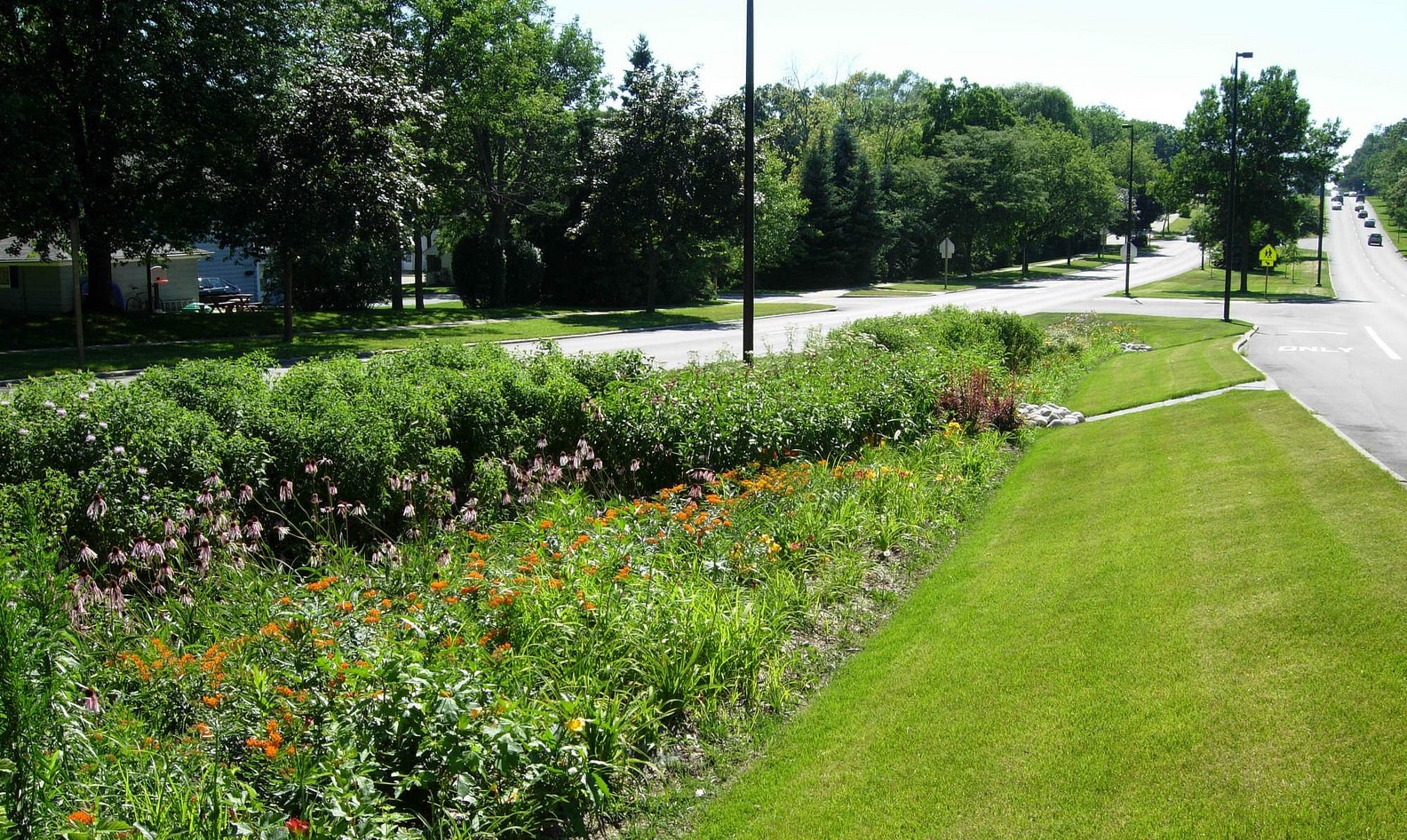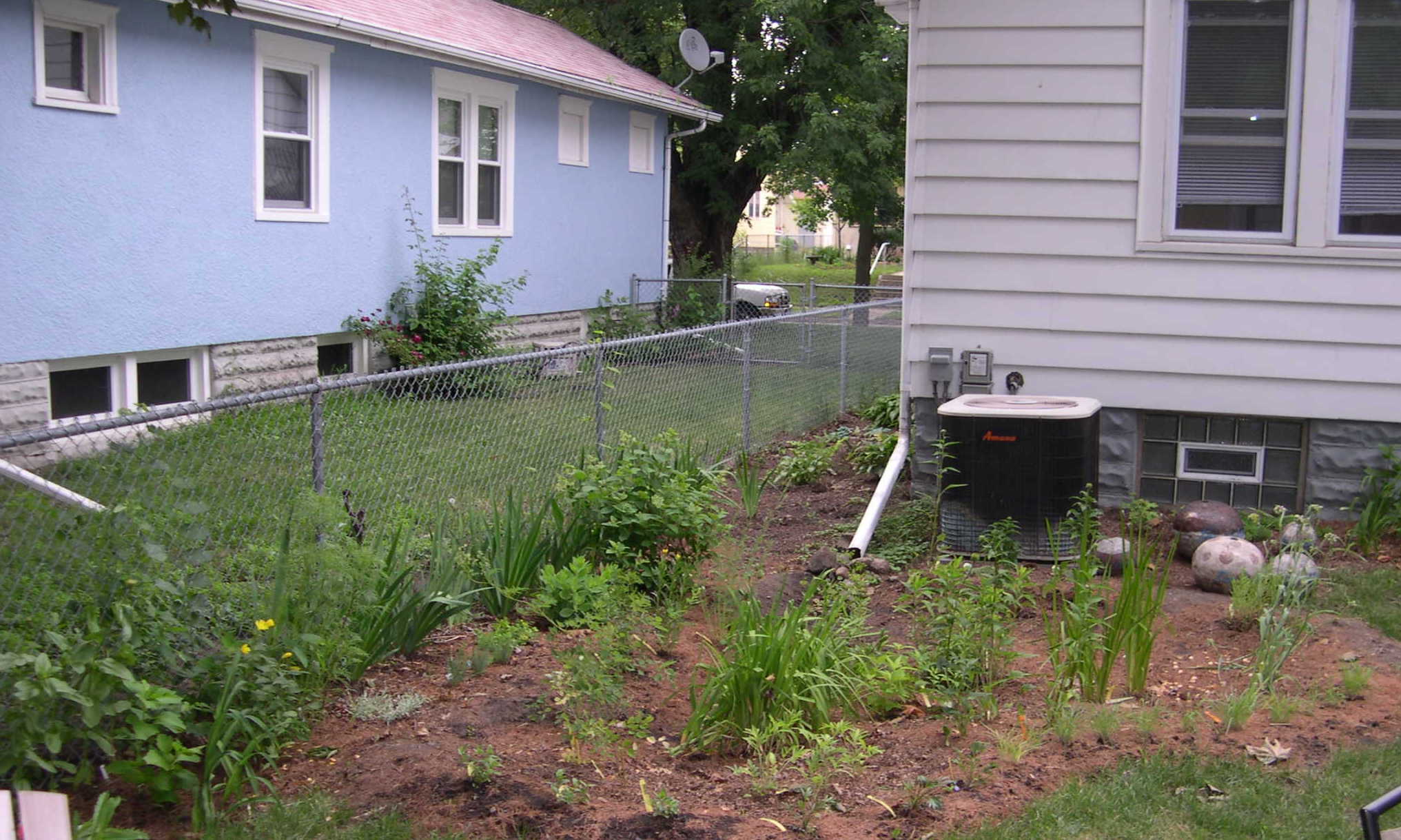
Sciences & Technology
The common insecticide poisoning our rivers and wetlands

Using stormwater runoff to create a veggie raingarden at home can also help reduce the pollution threat to our local waterways and, ultimately, the ocean
Published 10 November 2017
After a storm, millions of litres of water wash off our roofs and roads into stormwater drains. This causes large flows of stormwater into local waterways, damaging these ecosystems.
But using it for something productive – like growing your own veggies – can help keep local waterways healthy and turn stormwater into a valuable resource.

University of Melbourne experts have recently tested the performance of vegetable raingardens, which filter rooftop stormwater and look like domestic veggie gardens. Their research is published in Ecological Engineering.
Raingardens, also known as biofiltration or bioretention beds, use plants and soils to capture, filter and clean stormwater before it enters waterways. They are commonly found near buildings, roads and other impermeable surfaces, but they rarely feature vegetables.
The researchers found that, not only do these gardens reduce stormwater runoff, they can also grow healthy veggies.

Sciences & Technology
The common insecticide poisoning our rivers and wetlands
Professor Tim Fletcher, an expert in stormwater and waterway health, who led the research, says household-level initiatives can have big benefits for the local environment.
“Focusing on individual household efforts, such as rainwater tanks, can be difficult, but is much easier than focusing on the streetscape. With raingardens you don’t need big spaces for stormwater treatments like constructed wetlands, and they also provide benefits to the people that put them in place.
“Intercepting stormwater where it falls before it accumulates it the most efficient way to manage it.”
Professor Fletcher is based at the University of Melbourne’s Burnley Campus, which is located on the banks of the Yarra River - a waterway that receives much of Melbourne’s stormwater. He teamed up with urban horticulture researcher Dr Claire Farrell, also based at Burnley, to create raingardens that produce food as well as retaining stormwater, to encourage more people to install them at home.
“If a raingarden doesn’t work well for veggie garden production it can be as fantastic for stormwater as we like, but people aren’t going to use it,” he says.
Raingardens are watered with runoff from drains, down pipes or rainwater tanks.
“The veggie raingarden can either be connected directly to a house down pipe by a licensed plumber or alternatively an irrigation system can be set up using a tank,” says Dr Farrell.

“People might like the fact their veggie garden is constantly watered with only minimal overhead watering needed in long periods without rain,” she says.
A typical raingarden features special soil called biofilter substrate, which is very effective at filtering water but is low in the nutrients needed to grow vegetables. The researchers conducted a greenhouse pot experiment to test what combination of soil and watering techniques could both retain stormwater and grow vegetables.
They tried different combinations of loamy sand raingarden substrate and a potting mix typical of container vegetable growing, and two methods of stormwater application (‘sub-surface’ and ‘surface’ watering), with the water quantity at each application determined by the average Melbourne summer rainfall.

Environment
Retrofitting suburbia
Dr Farrell says the optimal solution is planting in a mixture of 20-50 per cent potting mix added to biofilter sand, and diverting excess stormwater to other areas of the garden via a slotted pipe.
“We also found the ideal system for vegetable growth has a combination of surface and underground watering,” she says.
“The down pipe option works best for the watering from below and the tank for watering from above,” says Dr Farrell.
According to Dr Farrell, the type of vegetable planted is largely irrelevant; they all produce a good yield. She recommends planting a variety of species to enjoy year-round crops.
If you are interested in building your own veggie raingarden, get started with a fact sheet from Melbourne Water: https://www.melbournewater.com.au/sites/default/files/Vegetable.pdf
Jennifer Feinstein and Paul Hanley are masters students at the University of Melbourne. They wrote this article as part of their coursework for the subject Science Communication (SCIE90012).
Banner image: Shutterstock